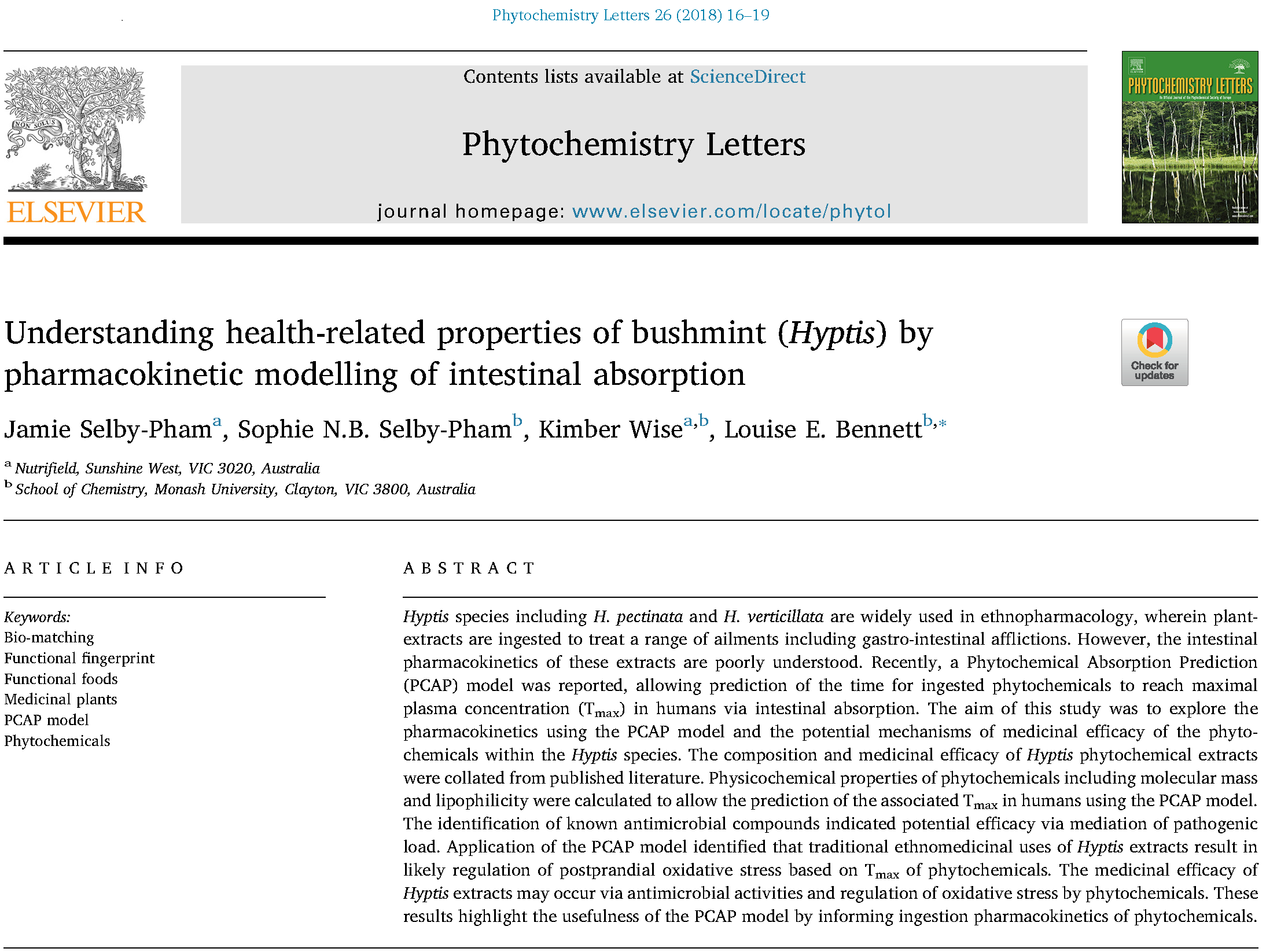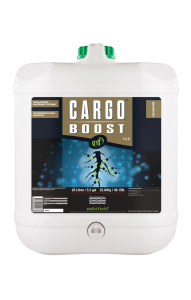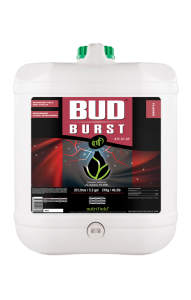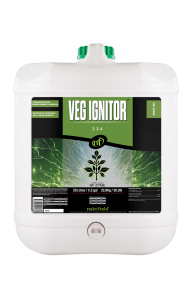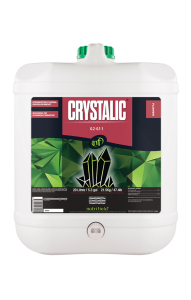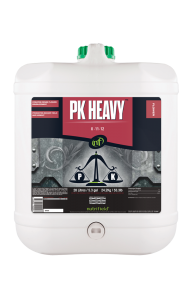We, the Nutrifield R&D team, are passionate scientists who love researching plants. Although our focus at Nutrifield is on plant growth and development – looking at nutrients, stimulants, and anything else yield-related, we come from diverse backgrounds of science including chemistry, genetics, and biochemistry – and as a result, are also interested in many other fields of plant science.
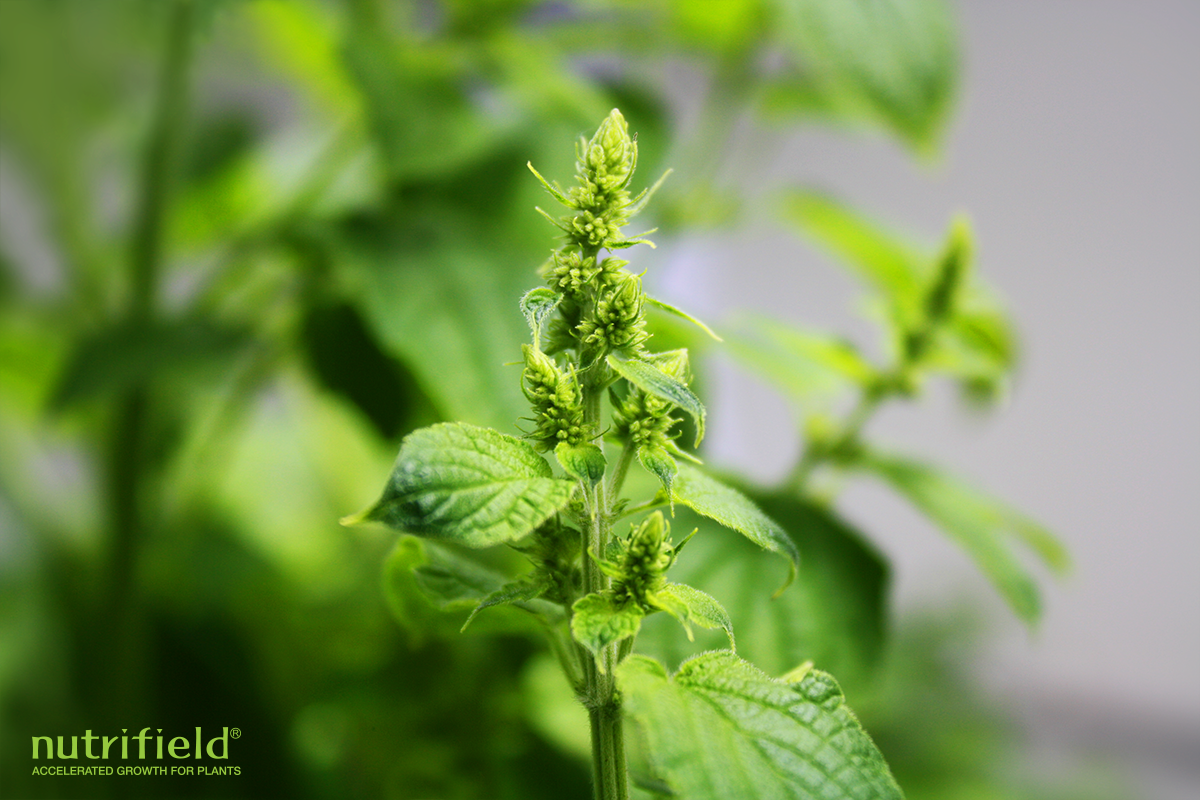
Historically, plants have been invaluable sources of nutrition, providing us with essential sugars, vitamins, and minerals, which we rely on for growth and development. However, plants have also been powerful sources of medicine, crucial in traditional medicine, and often forming the basis for many modern medicines too. These medicinal plants often contain complex mixtures of compounds with varying concentrations and activities making them difficult to study in a controlled way. As a result, the scientific knowledge on their medicinal efficacy and activity can be low and their associated potential health benefits underutilised. Thus, we’ve taken an interest in several medicinal plants to help better understanding their effects to help improve medicinal efficacy.
A recent side-project of ours looked at the medicinal plant species Bushmint, known scientifically as Hyptis, which is traditionally taken as a tea to treat digestive disturbances. We collaborated with Monash University to look at the non-nutritional compounds known as phytochemicals, in Hyptis, to see if we could better understand their absorption kinetics within the human body. We used the recently developed Phytochemical Absorption Prediction (PCAP) model to identify periods when the Hyptis phytochemicals accumulate in the blood to have the greatest potentially beneficial effects. Our findings showed that the timing of consumption of Bushmint could be optimised to maximise the beneficial antioxidant effects of the phytochemicals and therefore improve the overall health benefits imparted by the plant.
The complete results of this study were published in the journal phytochemistry letters and can be found here: https://doi.org/10.1016/j.phytol.2018.05.011 – the title page has been copied in below.
